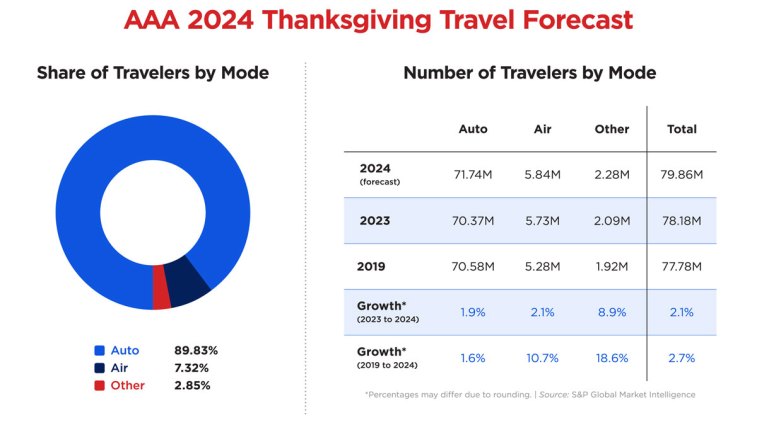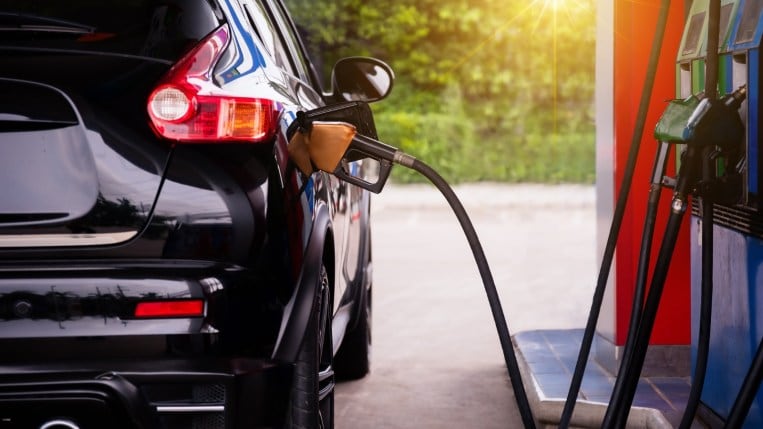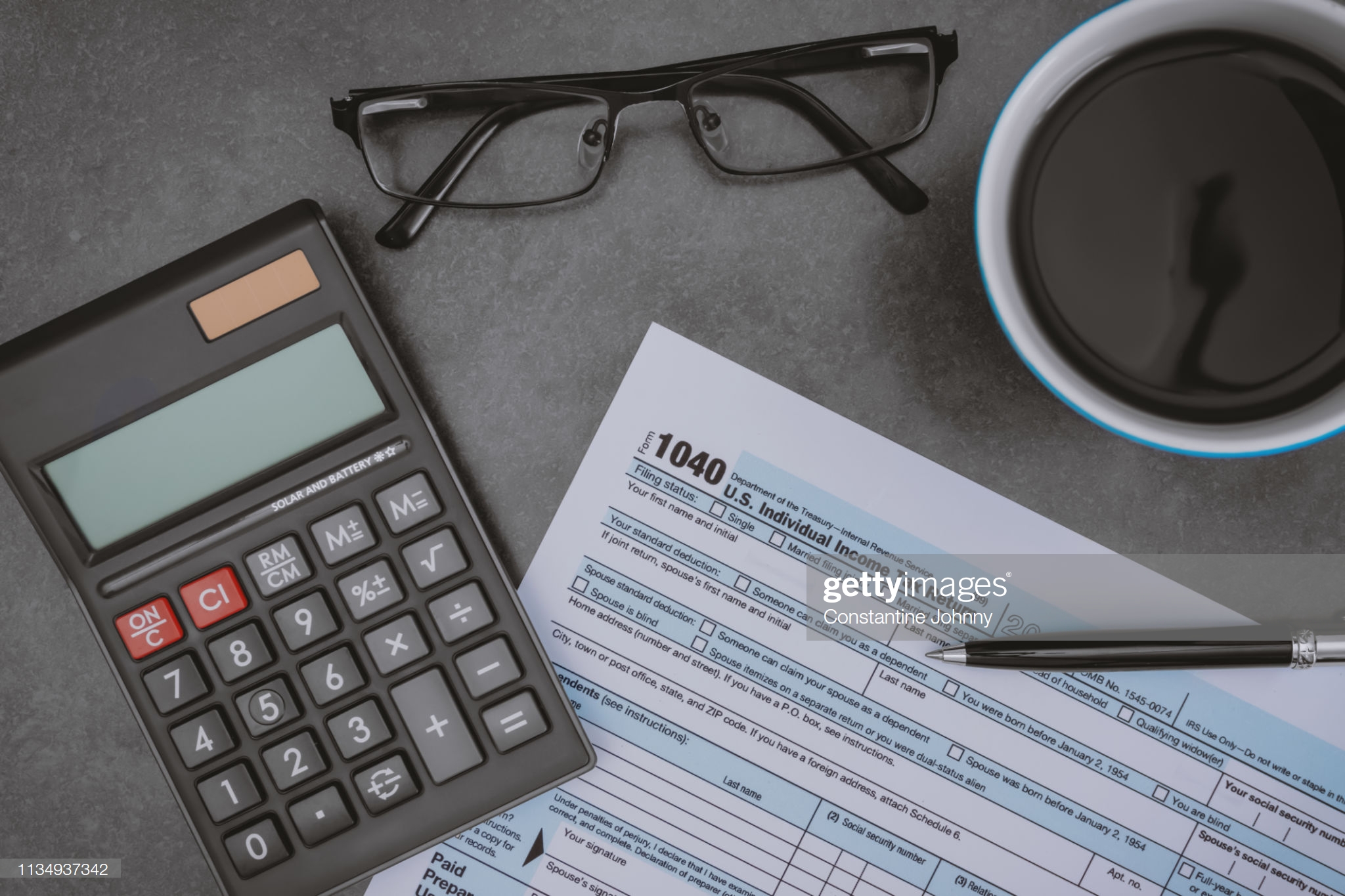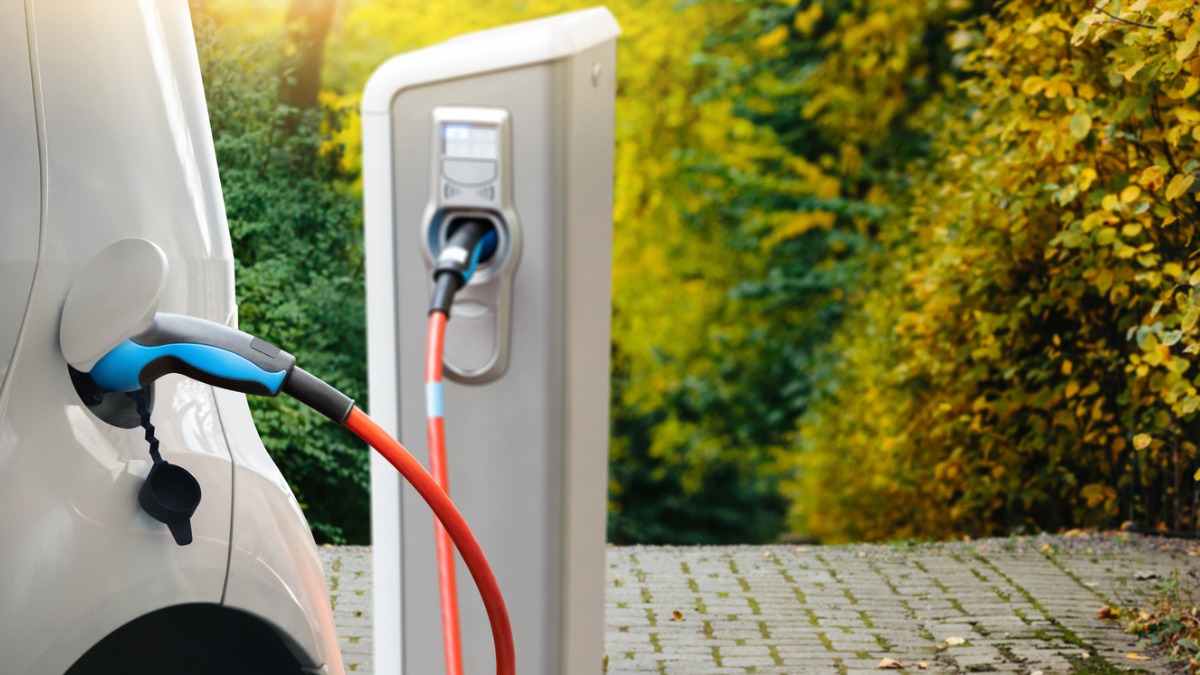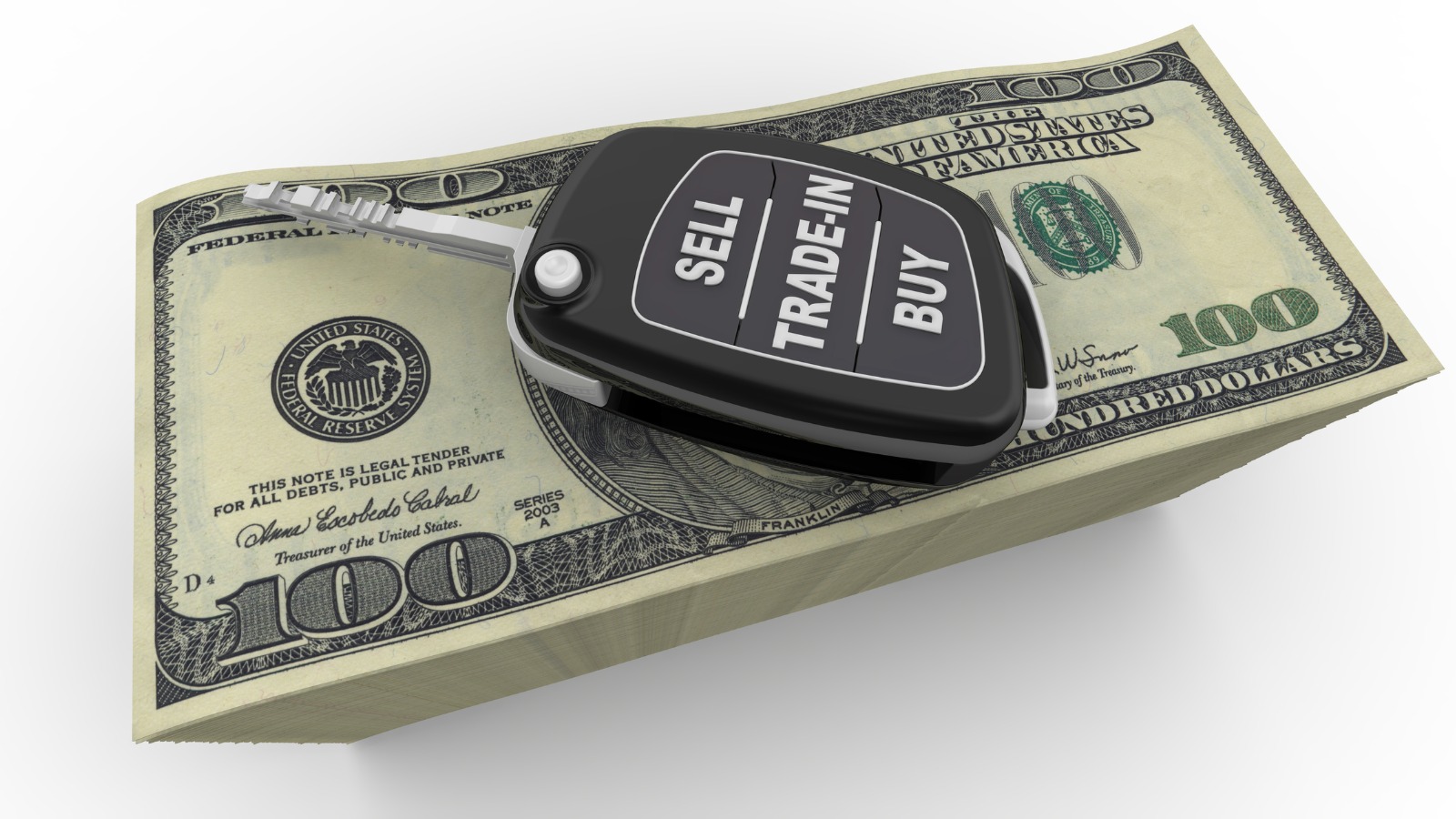If you take a Thanksgiving road trip, expect a jump in the number of car travelers compared to last year. Lower gas prices will encourage more drivers to hit the road. Also, more drivers will get behind the wheel than fly. According to AAA, an estimated 71.7 million drivers will take to America’s roads during the Thanksgiving travel period, traveling 50 miles or more from home. That’s 1.3 million additional car travelers than in 2023.
“Thanksgiving is the busiest holiday for travel, and this year we’re expecting to set new records across the board, from driving to flying and cruising,” said Stacey Barber, vice president of AAA Travel Services. “Americans reconnect with family and friends over Thanksgiving, and travel is a big part of that.”
Before you pack your bags, some vehicle preparation is in order. Check out our tips for a safe and enjoyable road trip.
- Road Trip Checklist for Your Vehicle
- On-the-Road Trip Safety Tips
- Gas Prices and Holiday Weekend Planning
Road Trip Checklist for Your Vehicle
Before setting out, you’ll want to prepare the vehicle for the distance ahead.
1. Inspect and Maintain Your Vehicle
Routine maintenance is a must. Keeping up with your car’s maintenance schedule can help prevent costly breakdowns. Before you pack your bags, perform a basic safety check of your vehicle’s tire pressure, wiper blades, fluid levels, headlights, and heating and air conditioning system. You shouldn’t defer regularly scheduled services such as tune-ups, oil changes, battery checks, and tire rotations.
If you find anything is amiss, check our vehicle maintenance pricing and service schedules page to see if your car needs a check-up and get the estimated cost. It’s worth running it by a dealership or auto repair shop when you’re unsure whether any service is overdue.
RELATED: Car Maintenance Guide: Everything You Need to Know
2. Make Child Safety Your Top Concern
All children under 13 years old should ride in the back seat. Be aware of the added risks that arise in warmer climates. Heatstroke can occur when a child is left unattended in a parked vehicle.
To understand more about child seat safety, take some time to review the importance of car seat safety.
3. Pack a Safety Kit
NHTSA also recommends that drivers carry the following items in their vehicles:
- Cell phone, charger, and extra portable battery
- First aid kit
- Flashlight
- Flares and a white flag
- Jumper cables
- Tire pressure gauge
- Jack (and ground mat) for changing a tire
- Work gloves and a change of clothes
- Essential repair tools and some duct tape (for temporarily repairing a hose leak)
- Water and paper towels for cleaning up
- Nonperishable food, drinking water, and medicines
- Extra windshield washer fluid
- Navigation options (Phone or car navigation systems or printed maps)
- Emergency blankets, towels, and jackets
4. Be Prepared for Road Trip Contingency Plans
Plan your travel and route, and check road conditions, weather, and traffic to know what you can expect. Be prepared for any contingency as well. Remember, a cell phone is the most critical emergency item since it allows you to call for help when and where you need it. Just remember to pack your phone charging cord for extra protection, even if your car offers a built-in wireless charger.
RELATED: Winter Survival Guide for Drivers: Prepping Your Car for Winter
5. Check for Recalls
Use Kelley Blue Book’s VIN recall check tool to ensure your vehicle is ready to go. If you find a recall, get an appointment with a dealership or other service center as soon as possible.
Millions of Americans are driving cars that may have safety recalls. Dealerships will always perform recall repairs for free, but their service bays can get swamped ahead of a heavy travel season. Check as early as possible to see if your car needs any free repairs.
6. Know Your Car
You’re probably set on this checklist item if you’re driving your own car. If renting a vehicle, get familiar with the different types of driver assistance technology and safety features you can use before you hit the road. Plug in your trip coordinates beforehand, and make sure you pair your smartphone to Apple CarPlay or Android Auto if that’s an option.
On-the-Road Trip Safety Tips
Once you’re on the road, car safety is about paying attention to your surroundings and keeping yourself alert. To that end, don’t neglect these necessary safety precautions:
Drive at Non-Peak Times
Late afternoon and early evening can be the worst times on the road. Avoid peak traffic times for the long weekend by leaving Wednesday or Thursday to be well on your way when the travel rush kicks in. Give yourself an extra day and travel on Tuesday for the trip home. That way, other holiday drivers are out of the way.
Limit Nighttime Driving
A National Sleep Foundation poll says 60% of adults drive cars when tired. It also found that 37%, or 103 million people, have fallen asleep at the wheel. Of those, 4% of adults caused a crash by falling asleep while driving.
If you start to feel fatigued, stop and rest or switch drivers before putting yourself or others at risk. But really, limit driving at night when it’s harder to see.
Let a Passenger Handle Traffic Apps and Entertainment
We’re big fans of Waze and Google Maps. These navigation tools can route any driver around traffic, provide updates on travel time, and even alert you by warning of road hazards. But, for safety’s sake, remember to keep your hands on the wheel and your eyes on the road. Instead of multitasking, put a passenger in charge of the navigation and the music or podcast selection.
Take Frequent Breaks
Occasionally getting out of the car is good for everyone, especially the driver. The best way to avoid feeling tired behind the wheel is to give yourself a regular change of scenery. And there’s no better way to do that than pulling over every few hours and stretching your legs.
Share the Driving
If your road trip involves multiple qualified drivers, let everyone take a turn handling the stress of driving and relaxing in the passenger’s seat. It’s good for everyone’s nerves and sets the right tone for the weekend.
Share the Road
Remember that traffic could be heavier than expected, especially near attractions or vacation destinations. As always, holidays attract many roadway users, including motorcyclists and pedestrians. While they share the same rights, privileges, and responsibilities as every motorist, they are more vulnerable. Their most significant disadvantage is that they do not have the protection that a car or truck provides. Leave more distance between you and a motorcycle — about 3 or 4 seconds’ worth.
Motorcycles are much lighter than other vehicles and can stop at shorter distances. Always signal your intentions before changing lanes or merging with traffic. This courtesy allows other road users to anticipate your movement and find a safe lane position.
Also, watch for pedestrians. If equipped, don’t rely on pedestrian detection safety systems in your vehicle to do the work for you. Stay alert and keep your eyes on pedestrians.
Buckle Up
According to NHTSA, an estimated 40,990 people died in motor vehicle traffic crashes in 2023. That’s a decrease of 3.6% compared to 2022. Still, drivers must remain vigilant and keep their seat belts buckled to remain safe.
Gas Prices and Holiday Weekend Planning
As millions drive 50 or more miles from home during the Thanksgiving holiday, you’ll want to prepare your stops along the way.
As of this writing, gas prices remain at about $3 per gallon for regular fuel on average, which is 26 cents less than last year. With many families traveling in large SUVs, trucks, and RVs, lower gas prices will help keep road trip costs down.
RELATED: How to Get Better Fuel Economy in Your Vehicle
Before you head out, check your favorite gas app for prices. Gas Buddy, for example, will help you locate stations with the cheapest gas prices along your route. If you drive an electric car, map out your route and locate charging stations ahead of time.
Editor’s Note: This article has been updated for accuracy since it was originally published. Joni Finkle contributed to this report.
